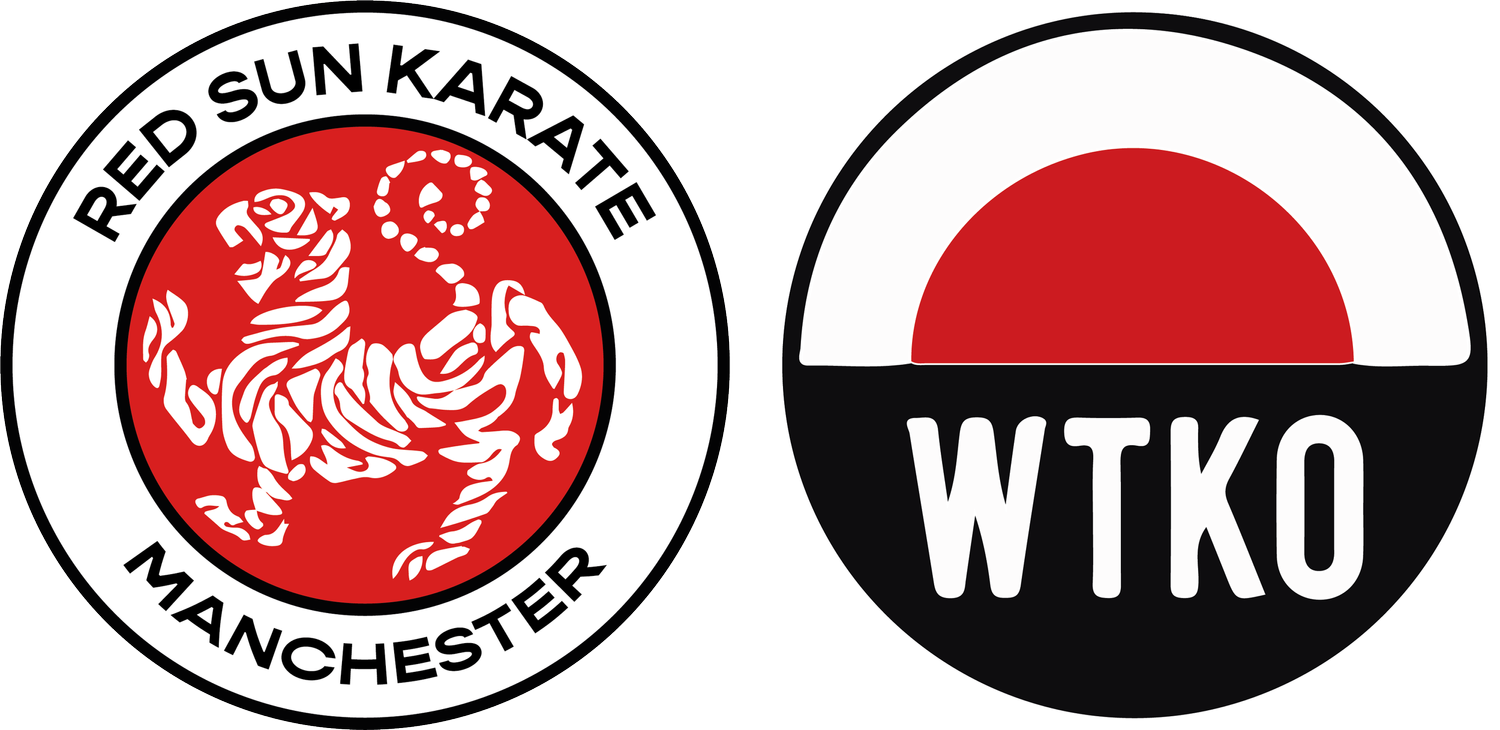Unveil the Origins: Dive into the fascinating history of karate.
Karate-do is a martial art peculiar to Okinawa in its origins. Okinawa is a Japanese prefecture comprising more than 150 islands in the East China Sea between Taiwan and Japan’s mainland. Okinawa is the main Island of the Ryukyu Archipelago. The roots of Karate can be traced back more than a thousand of years to India, the exact history may never be known but it is believed that an Indian Buddhist monk named Bada (Bodhidharma), the originator of Zen Buddhism, brought Kung Fu to the Shaolin temple in China in 484.
Okinawa had strong trading links with China and over time this Shaolin martial art was imported to Okinawa and over the years blended with the indigenous martial art of Tode. In 1609 the Japanese Satsuma clan banned all weapons in Okinawa which in turn greatly encouraged the development of “empty hand” fighting and self-defence techniques. This martial art, due to its Chinese origin, was called Kara-te, written in kanji characters with the literal meaning “Chinese hand”. The father of modern-day Karate Gichin Funakoshi (1868-1957) changed the characters to mean literally “Empty hand”
Although Funakoshi had been demonstrating in Japan since 1917. Karate was first introduced to the general Japanese public in 1922, when Funakoshi was invited to lecture and demonstrate at an exhibition of traditional martial arts sponsored by the Ministry of Education. The demonstration was so popular that he was flooded with requests to teach in Tokyo. He stayed in Tokyo rather than returning to Okinawa and taught in various Universities and even the Kodokan, the mecca of Judo, until he was able to establish the Shotokan dojo (training hall) in 1936. Master Funakoshi was also a poet and wrote under the pen name “Shoto”, meaning “whispering pines”.
The Shotokan was literally the “place of whispering pines”.
Funakoshi helped established The Japan Karate Association (JKA) in1949. It was the JKA that was primarily responsible for the spread of the Shotokan karate style throughout the world.
Master Nakayama (1913-1987) studied under Master Funakoshi Gichin at Takushoku University and one of the master’s sons, Funakoshi Yoshitaka (1906-1945). He would help establish the JKA and would become the driving force behind the modernisation and structure of karate in the 20 th Century. He developed new structured methods of teaching that were tailored to the level of individual students. Karate was used as a tool for physical and mental development as well as a method of self-defense. He also emphasized the necessity for each aspect of training to be physically and kinaesthetically practical, and he scientifically studied the movements. Moreover, to ensure that the true essence of karate-do was being passed on correctly, he established a two-year specialist instructor training program.
After his death in 1987 the JKA was subject to internal wranglings and in the 1990’s a major split took place with the formation of the Tetsuhiko Asai Shihan faction Japan Karate Shoto Federation (JKS) and although the JKA exists to this day there are a significant number of Shotokan associations that are not connected to the JKA that include many previous JKA instructors.
Dojo Kun
The ‘dojo kun’ are, basically, the rules of the Dojo. These rules were laid down by the Okinawan master of Karate, Sakugawa Shungo. He based these rules on the Chinese rules, which date back to the era of Bodhidharma. The rules were recited at the end of every training session by the highest grade student, then repeated by the other students.
JAPANESE ENGLISH TRANSLATION
Hitotsu, jinkaku kansei ni tsutomeru koto.
To seek the perfection of character
Hitotsu, makoto no michi o mamoru koto.
To follow the path of truth
Hitotsu, doryoku no seishin o yashinau koto.
To cultivate the spirit of effort
Hitotsu, reigi o omonzuru koto.
To esteem etiquette
Hitotsu, kekki no yu o imashimuru koto.
To admonish brute courage
A More modern English translation would be:
Jinkaku kansei ni tsutomuru koto
Seek perfection of character
Makoto no michi o mamoru koto
Be sincere
Doryoku no seishin o yashinau koto
Put maximum effort into everything you do
Reigi o omonzuru koto
Respect others
Kekki no yuu o imashimuru koto
Develop self-control




